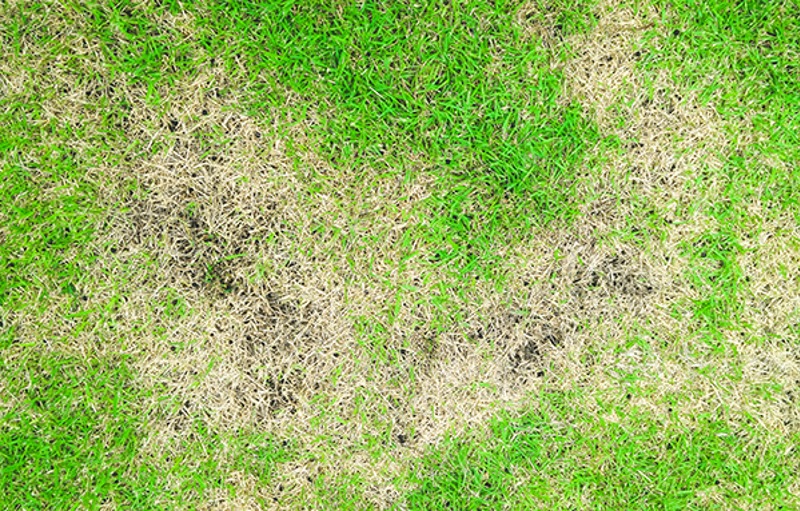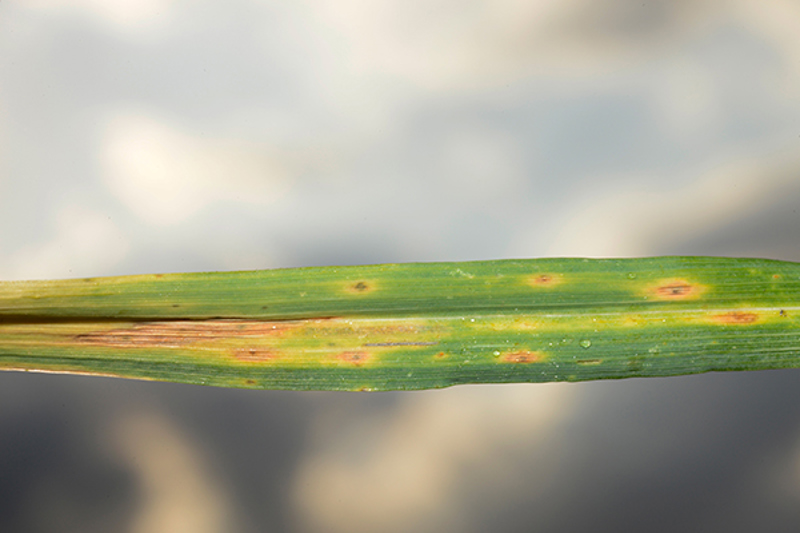Yates Account
Join now
Create a Yates account today!
Sign up to join the Yates Garden Club for monthly e-mails packed with seasonal inspiration, tips for success & exclusive promotions.
Plus if you’re a Garden Club member you can take part in the Yates Growing Community - a blog to share successes, get advice & win prizes in fun challenges along the way!

Forgot password
Enter the email address associated with your account, and we'll email you a new password.
Drechslera spp. and Curvularia spp.

What is Melting Out?
Leaf spot and melting out are different stages of the same fungal disease.
The disease can appear all year round, on any lawn grass species. It's most prevalent while the weather is cool, consistently humid and sunlight hours are limited. Lawns that remain wet for extended periods are at greater risk of leaf spot developing.
Symptoms
Symptoms first appear as dark, rusty brown spots on the leaf blade. These spots (lesions) are where the fungus has damaged the grass tissue. As the disease progresses the lesions get larger, turn pale in the centre but retain the rusty colour around their edges.
Eventually, the fungus rots the crowns and roots of the grass, causing the "melting-out" stage of the infection. Affected grass plants begin to yellow and wilt, before browning and dying off. The remaining grass becomes very sparse and thin in infected areas.

How to protect your plants
Raise the height of the mower and reduce mowing frequency, as soon as you spot the disease.
Lawns should always be watered in the morning so they dry well before nightfall. If leaf spot has taken hold, stop all watering until the fungus dies down. Improve lawn drainage, where possible.
Avoid applying high-nitrogen fertilisers in humid and overcast conditions, as it can encourage the fungus to develop.
For smaller lawns, aerate the lawn by spiking it with a garden fork. Simply push the fork in to at least 10cm and wriggle it back and forth to create larger holes. Do this every 10-15cm, working your way around the whole lawn.
Too much thatch can create ideal conditions for leaf spot, by increasing humidity at the grass roots. Thatch needs to be removed by ‘de-thatching’ or scarifying. It's done by mowing the lawn at a low level (this can be completed over several mows, lowering the mower at each cut) or very vigorously raking the lawn with a strong rake (sometimes called a thatching rake). Lawn scarifier machines are also available from hire merchants.
De-thatching established lawns is best carried out from mid-spring to early summer, so the weather is warm enough to encourage new grass growth.
Plants impacted
- Lawns
- Turf
















Share
Share this article on social media